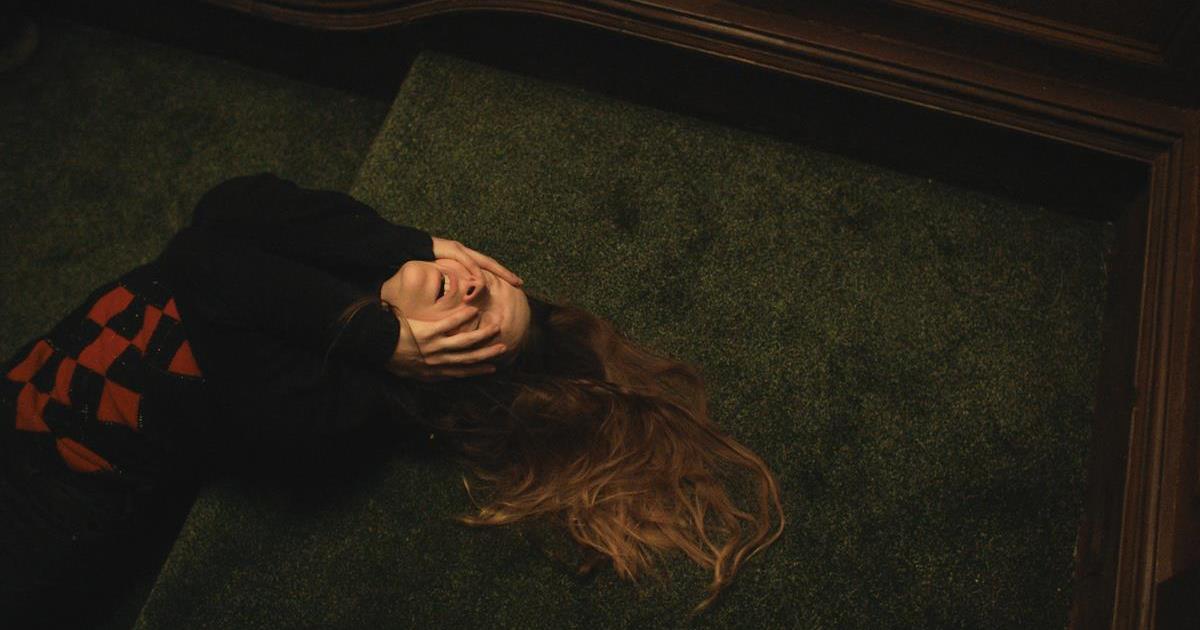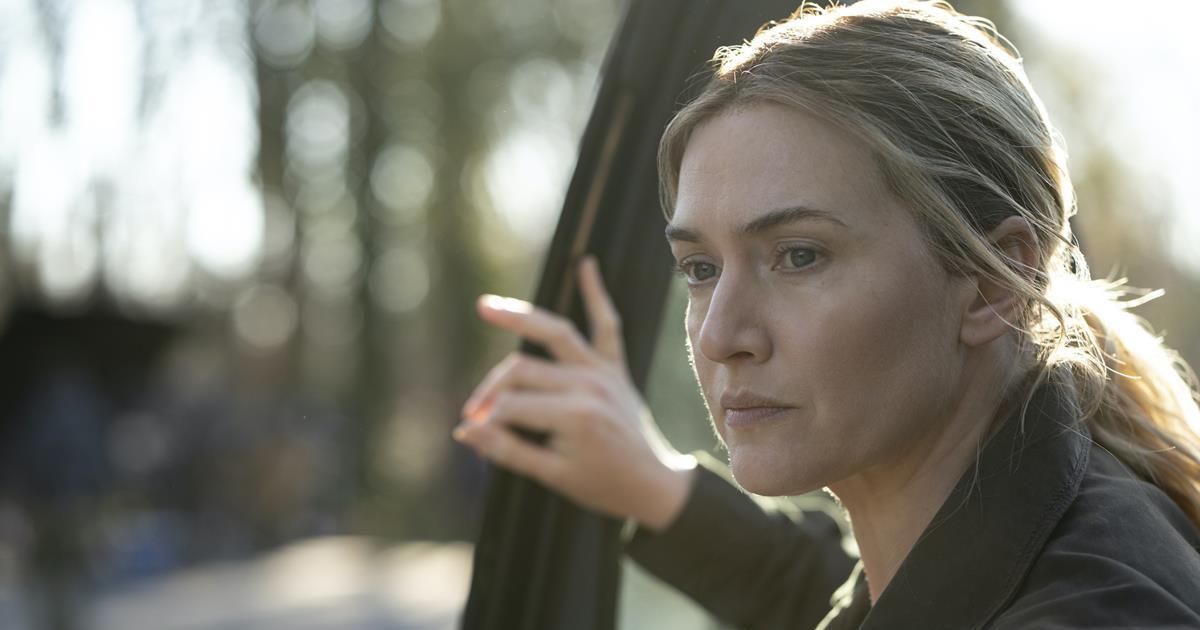
Kate Herron’s “Loki” premiered June 9 on Disney+ — just in time to make sure viewers won’t romanticize our nine-to-fives.
As many prepare to leave the comfortable chaos of our homes and return to the frigid temperatures and bad coffee of the office, the latest installment of the Marvel Cinematic Universe takes place in a setting both familiar and utterly bizarre: the Time Variance Authority (TVA) headquarters.
In “Loki,” Tom Hiddleston reprises his role as the titular God of Mischief, but here’s the first catch: he’s dropping out of time from 2012. Loki’s stolen the Tesseract (as he did at the conclusion of “Avengers: Endgame”) when TVA hunters intercept him. Because the TVA writes its own rules, Herron and her writing and production team were able to play with Loki’s character development without negging crucial elements of the established Thor and Avengers plots through to 2021.
“This series represents our ‘first class’ of long-form storytelling on Disney+.”
Stephen Broussard
Executive producer Stephen Broussard explained, “Along with ‘WandaVision’ and ‘The Falcon and the Winter Soldier,’ this series represents our ‘first class’ of long-form storytelling on Disney+. In a lot of ways it put me back in the mindset of 2006, when we had the somewhat crazy idea to launch a film studio and make ‘Iron Man’ and ‘The Incredible Hulk.’ In the same way that it felt like we were building a movie studio from the ground up back then, it was exciting to feel like we’re jumping into television for the first time.”
Aside from that, Broussard noted “it was really important to us to have a premise that allowed for a new story while not undoing everything we’ve known and loved about the journey Loki has been on.”
However, Herron reminded Refinery29 readers that while Loki is “one of the most compelling characters in Marvel … he’s only had roughly around 79 minutes of screen time” during the movies made to date. She was sold on this series because “There’s so much more to Loki than we’ve got to see.” And apparently that includes fighting crime.
Marvel Studios bills “Loki” as a crime-thriller meets epic-adventure, set in the offices of the often stodgy and strict TVA. To make a believably bizarre bureaucracy for this six-episode series, Herron teamed with head writer Michael Waldron (“Rick and Morty”) and production designer Kasra Farahani, who Herron says shared her vision from the get-go. “We both were aiming for the same story,” Herron said, citing shared images in both her extensive visual pitch and Farahani’s own.
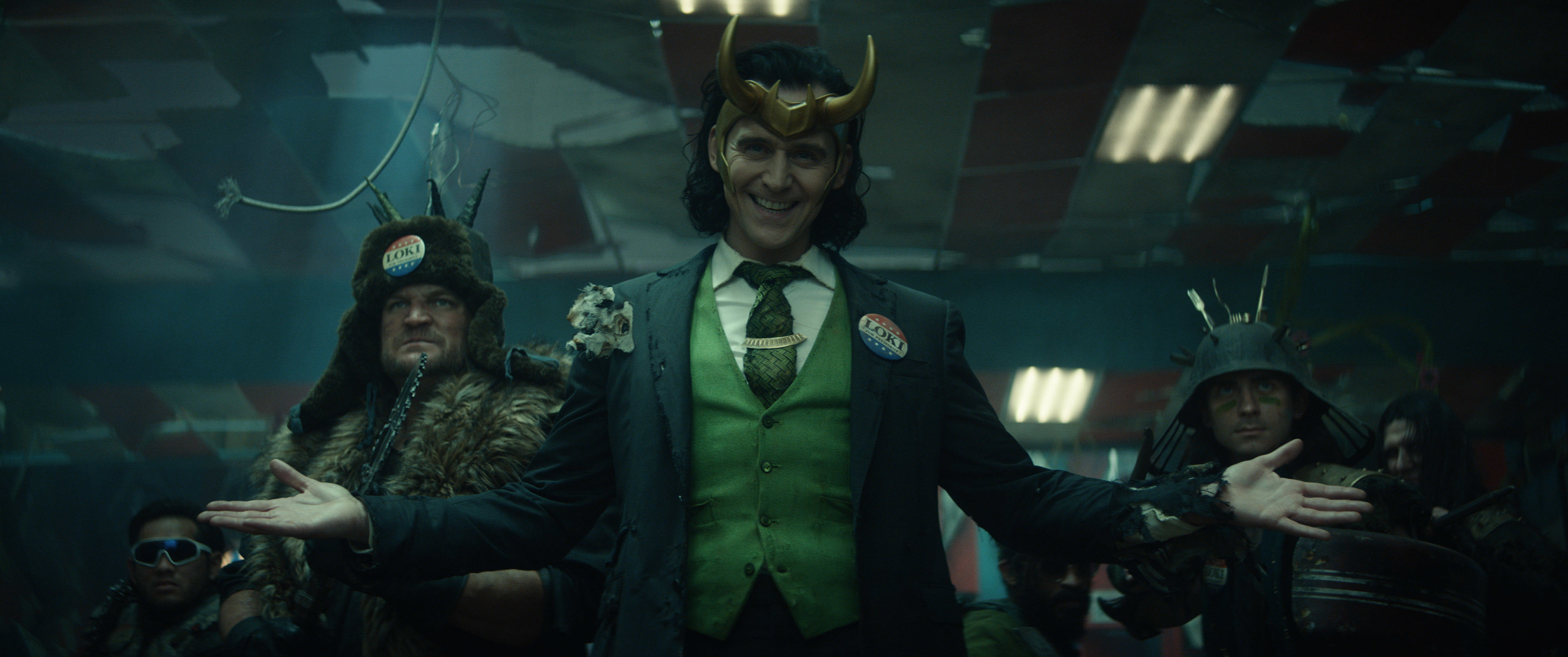
Capturing the Unknowable
“The TVA is outside of space and outside of time. It’s not a planet. There is no sun. It’s this unknowable place,” Herron explained this unique challenge during an interview with Charles Barfield on The Playlist Podcast. “So, it’s like, how do you capture the unknowable and make it a living, breathing office space?”
“How do you capture the unknowable and make it a living, breathing office space?”
Kate Herron
WATCH FOR MORE: Kate Herron talks about her love letter to Sci-Fi (The Playlist Podcast)
For inspiration, Herron drew on extensive Marvel source material, as well as other sci-fi flicks she admires, such as Terry Gilliam’s 1985 film “Brazil,” Ridley Scott’s “Alien” franchise, cult classic “Dune,” and “A Clockwork Orange” (filmed near where Herron was raised in southeast London).
“My first point was going to the comics and they had these amazing images of desks stretching off into eternity… [We brought] those together and little nods to other sci-fi — the font on the computers is like in ‘Alien’ and the time doors were inspired by Dune — with also just my own experience as an office temp,” Herron told Refinery29’s Kelsea Stahler.
READ MORE: How Kate Herron envisions infinite office space for “Loki” (Refinery29)
To understand the TVA’s place (or lack thereof) in the Marvelverse, Herron compares it to a location NAB Amplify readers are likely familiar with: “It’s almost like a Vegas kind of situation. All the light is artificial,” Herron told JoBlo.com. If you’ve been to NAB Show or hung out in many casinos, you probably know the static, bright, fluorescent quality of light and time Herron is referencing.
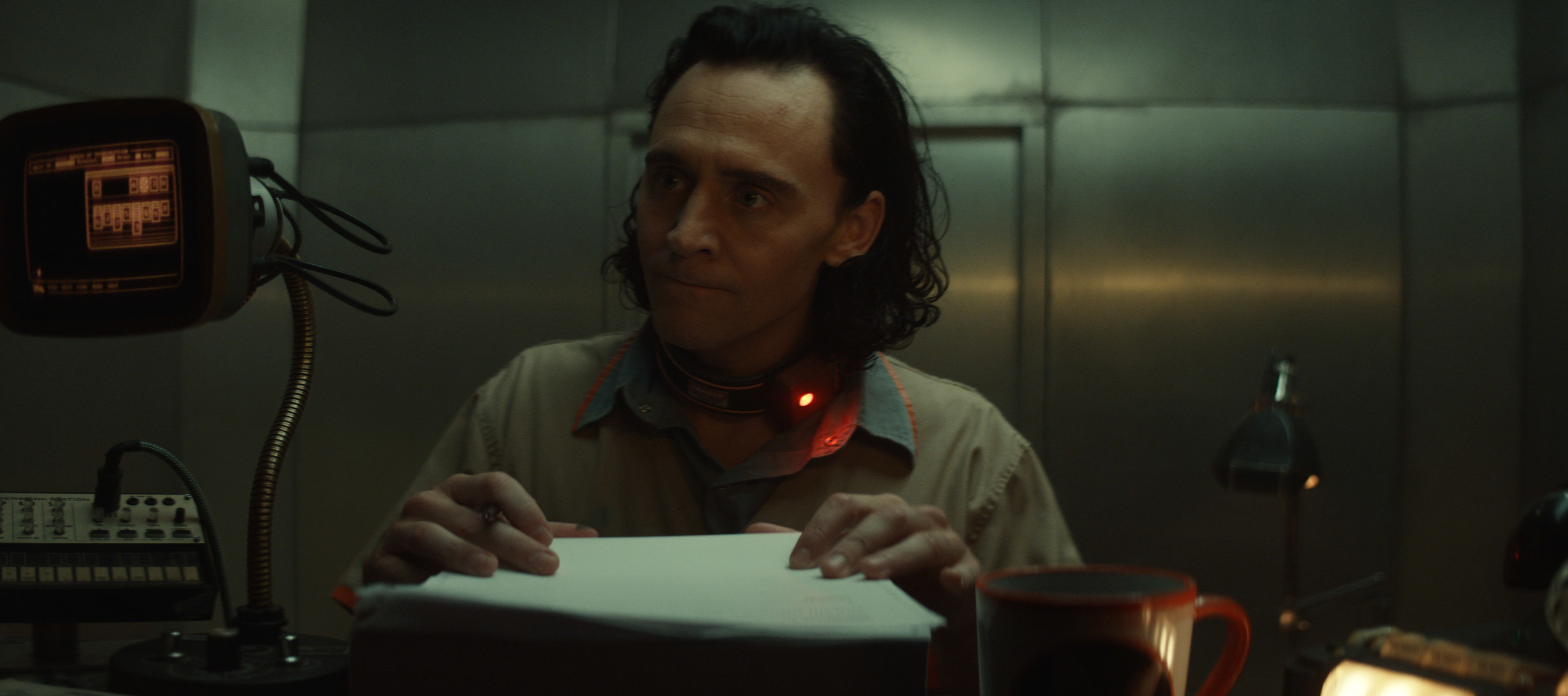
“I liked the idea that some of this stuff probably does need updating, but it’s got this kind of retro-futuristic ‘Brazil’ quality to it. It was fun kind of bringing that aspect to it, and then just realistic office things like, you know, a coffee pot that hasn’t been changed. But it’s the TVA, so probably not for hundreds of years rather than like a year….” (Note to self: Do not drink coffee at the TVA.)
But Herron understood that the emotional connection between viewers and the characters enables the fun in science fiction television. “I think with good genre — if you’re on board with the characters, and you believe the circumstances they’re in — then you’re kind of more apt to get on board with the kind of fantastical world settings, so that was very key to us” in establishing the world of ‘Loki.’”
“I think with good genre — if you’re on board with the characters, and you believe the circumstances they’re in — then you’re kind of more apt to get on board with the kind of fantastical world settings, so that was very key to us in establishing the world of ‘Loki.’”
Kate Herron
WATCH FOR MORE: Kate Herron dishes on her comedy chops and how those dead-end office jobs helped make “Loki” feel realistic (JoBlo.com)
Practical Sets for Impractical Ideas
To meet the demands of the production schedule, “Loki” was shot on physical sets at Pinewood Studios as well as locations across Georgia. So those dreary offices? They have a real ceiling and walls and lights. That Brutalist time theater? Also very solid and practical, despite its out-of-time-and-space function. An unnamed discount retailer was transformed into the ludicrously expensive Roxxcart superstore, and a quarry in the north of the Peach State became a mining town.
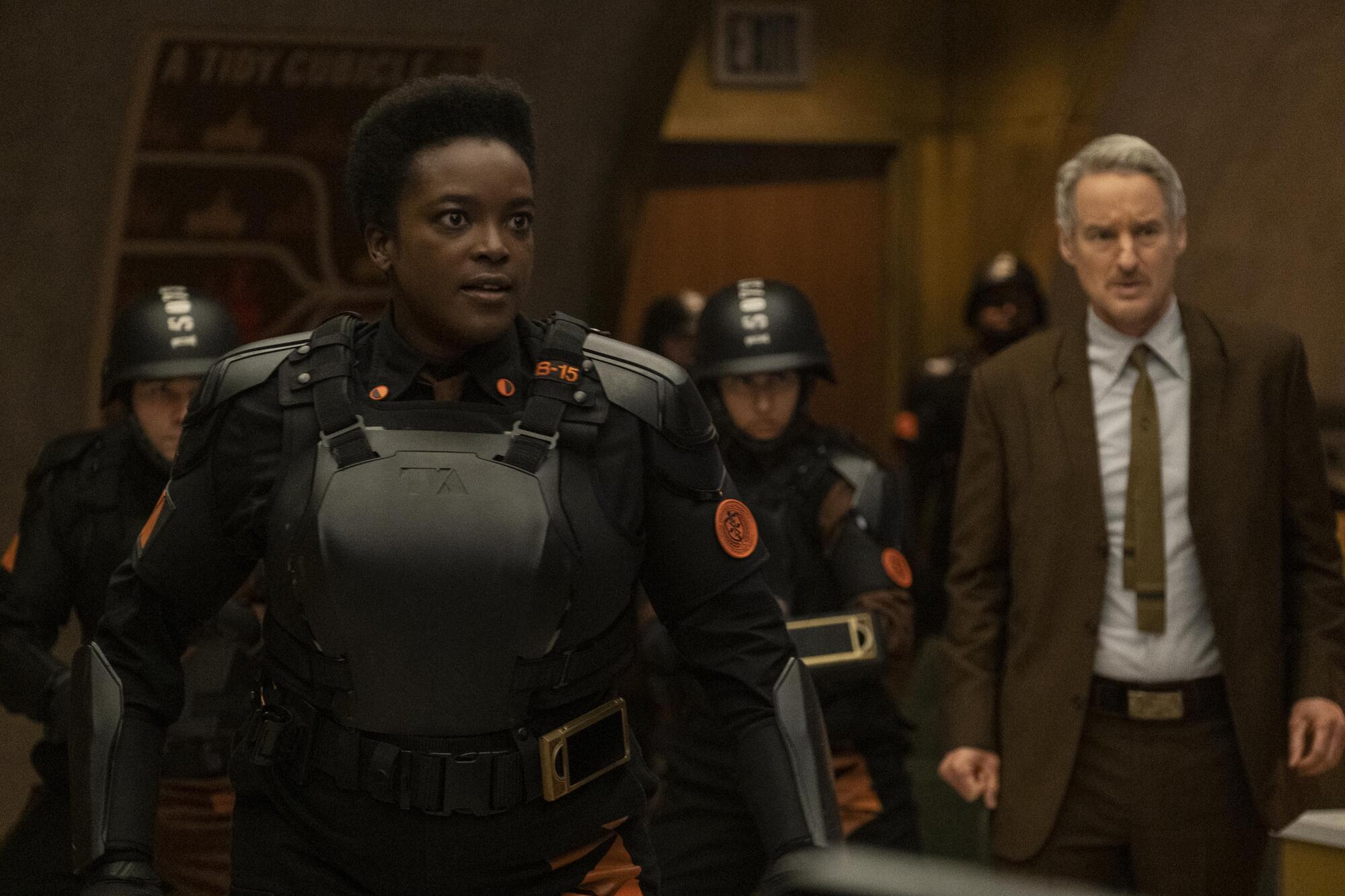
in an interview with Gizmodo’s James Whitbrook, Herron explained, “I love movies like Eternal Sunshine and Scott Pilgrim, that are very heightened and fantastical that use a lot of practical sets. And I love doing long takes, so like we’ll see in the first episode, Loki and Mobius step out the elevator and they walk down this really long hallway where they go in the first episode, and I thought [of] something me and my DP, Autumn [Durald, Loki’s Director of Photography, said], ‘Let’s just make this one practical set’. And I think that helped really add to the reality! I’d say a lot of our show is a heavy mix of practical and heightened visual effects, which I think gives the TVA a level of reality, really.”
A lot of our show is a heavy mix of practical and heightened visual effects, which I think gives the TVA a level of reality, really.
Kate Herron
READ MORE: How Disney+’s “Loki” pulls off the TVA’s kooky and esoteric vibe (Gizmodo)
Herron noted, “The sci-fi I really love has this kind of gritty realness to it, and it’s not so unbelievable that it doesn’t feel like something too far away from our future now. But there are just little hints, like the security robot, for example, in the set that remind you that you’re in the future.”
The show also offers glimpses of the not-so-distant past. For example, Owen Wilson’s character Mobius M. Mobius drinks Josta, a ‘90s energy drink. Herron told the A.V. Club that was a writers room addition (despite Wilson’s famous ability to ad lib). “it’s just funny because they exist outside of space and time, and they have access to all this stuff.”
WATCH FOR MORE: Why does Owen Wilson drink Josta in “Loki”? (The A.V. Club)
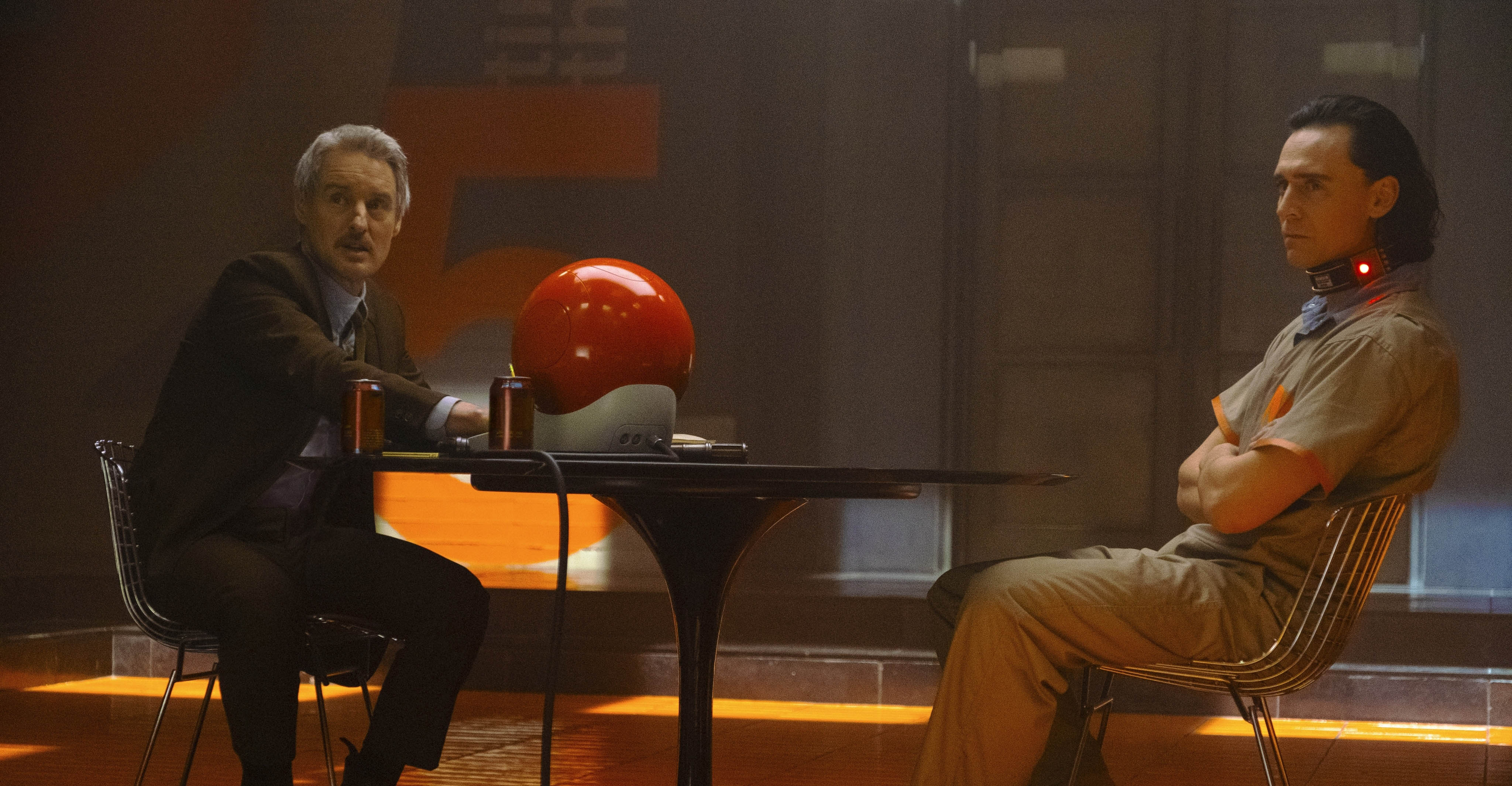
But in Herron’s vision, access does not always equal upgrades or the latest and greatest technology. In conversation with The Verge’s Andrew Webster, Herron said, “I like the idea that this organization that’s controlling time, they maybe wouldn’t have the most futuristic technology. But it works, so why are they going to change it?” Anyone who has ever suffered through an aging laptop or squeaky desk chair will recognize that nod to staple office culture.
READ MORE: Herron on why retro-futurism is probably more accurate — and more fun — than you think (The Verge)
Herron is banking on that familiarity as a base for the general style of the TVA. Herron believes “Loki” is a love letter to sci-fi, but it may be equally accurate to say the series is a takedown of corporate bureaucracy, in the vein of “Office Space” or “The Office.” That juxtaposition is part of what makes “Loki” just right for the world emerging in 2021 — kooky, a bit classic cool, and full of heart.
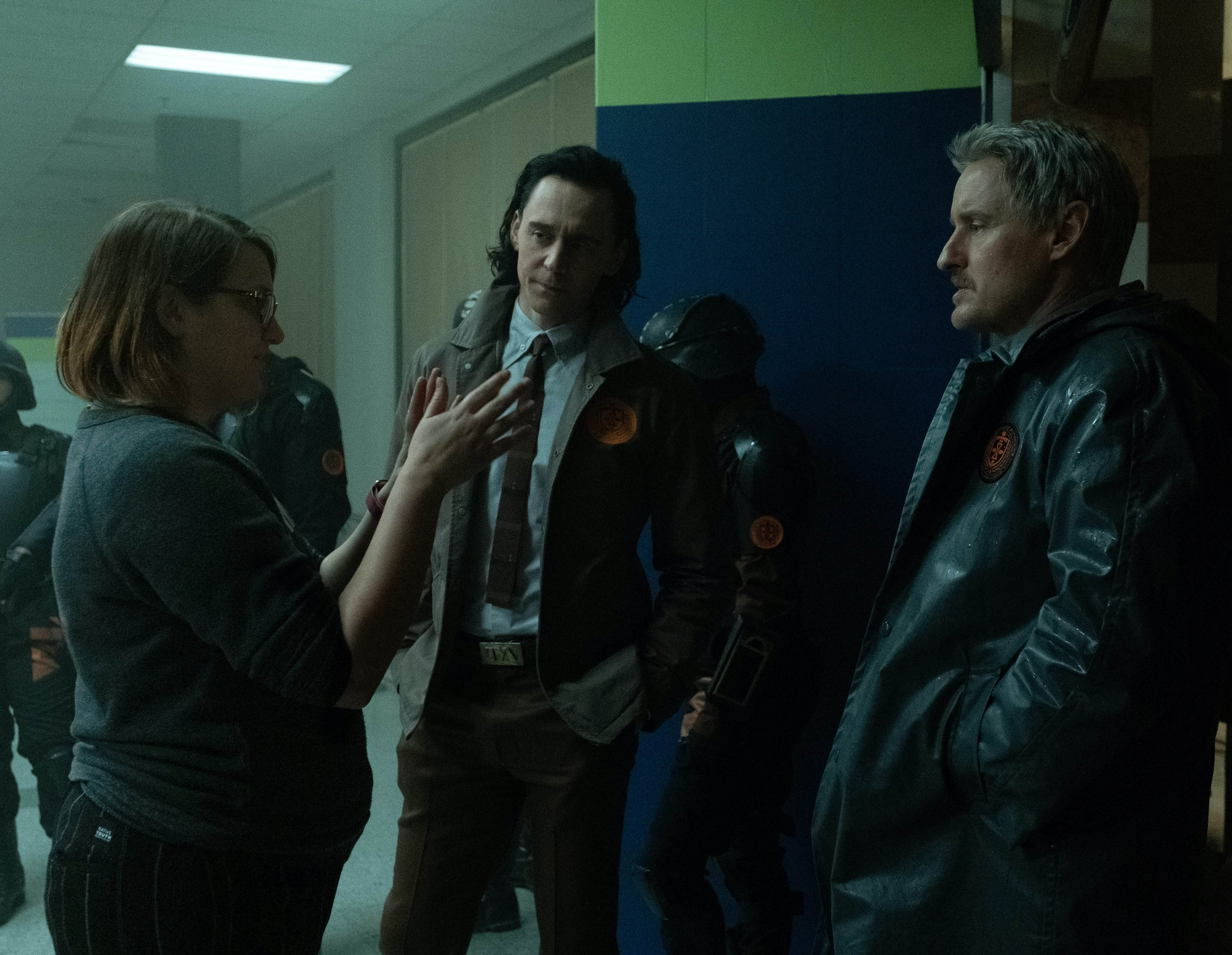
Want more? Editor Calum Ross joins Filmmaker U to discuss his work on Loki, as well as his childhood in the Scottish Highlands and how they led to his first editing gig, and his ongoing collaboration with director Kate Herron:


